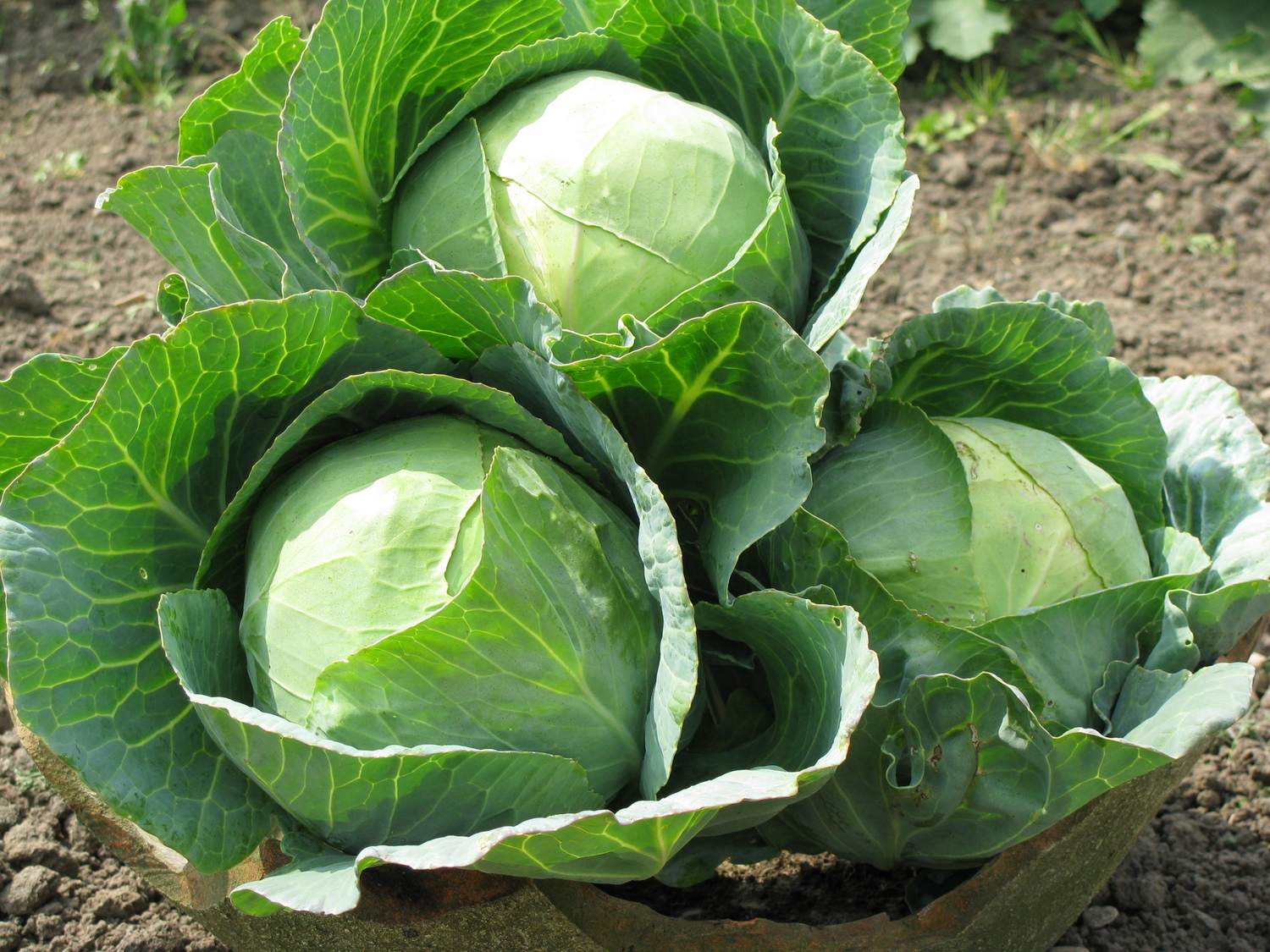This plant is known as the Angiosperms. It has adapted to its environment. By having the traits it has made this plant the most distinct flower to the human race.
On this plant it shows that we were looking at the sperm cells of the plant which are used to reproduce new of its kind. This allows the male plant to recreate new plants with a female plant. After pollination occurs, fertilization happens and the ovules grow inside of the seeds of the flower.
This is a California Poppy that i found in a garden inside of our school. I lost the pictures of it so I am going to just explain what we did. While dissecting the flower we noticed that one was orange and one was just foiled up and green. As we opened up the green pod we noticed that there were hundreds of little green seeds ready to open up and reproduce the flower. It was cool to see a bigger explanation on how the plants come to be how there are today.











